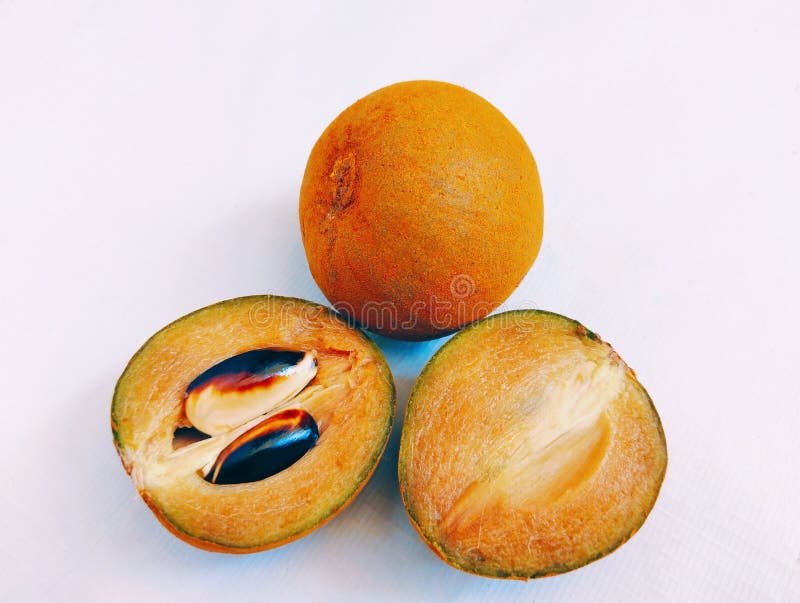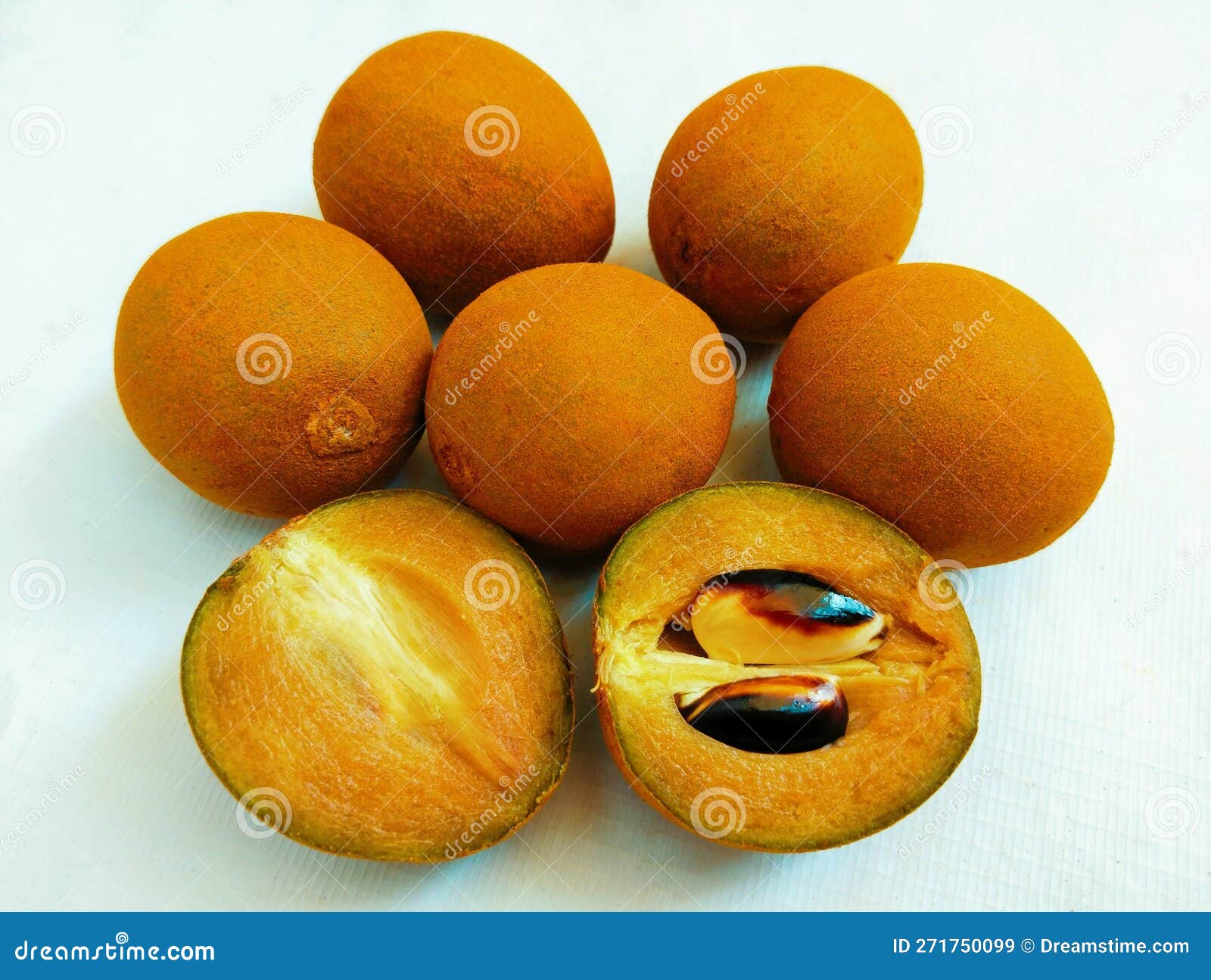Sapotille Fruit: The Tropical Wonder You Need To Try
Ever heard of sapotille fruit? Well, let me tell ya, this little gem is about to change your snacking game. Imagine biting into something so sweet and creamy it feels like dessert but totally healthy. Yep, that’s sapotille for ya. It’s not just another fruit on the block; it’s a nutritional powerhouse that deserves some serious attention. So, buckle up, because we’re diving deep into everything you need to know about this tropical treasure.
Now, before we get all science-y, let’s talk about why sapotille fruit is making waves. First off, it’s got a taste that’s outta this world. People who’ve tried it say it’s like a mix of mango, peach, and pear, with a hint of honey thrown in for good measure. If that doesn’t sound delicious, I don’t know what does. Plus, it’s packed with vitamins and minerals that’ll make your body happy from head to toe.
But here’s the kicker—sapotille isn’t just a fruit you find in fancy health stores. It’s been around for centuries, growing wild in tropical regions and being used by locals for all sorts of things. From treating coughs to boosting energy, this fruit is like nature’s little gift to humanity. So, are you ready to learn more? Let’s go!
What Is Sapotille Fruit Anyway?
Alright, let’s break it down. Sapotille fruit, also known as sapodilla or chikoo in some parts of the world, is a tropical fruit that grows on the Manilkara zapota tree. It’s native to Central America and the Caribbean but has made its way to other warm climates like India, Southeast Asia, and parts of Africa. This fruit is kind of like a hidden gem because not everyone knows about it, but those who do? They’re obsessed.
The sapotille fruit has a brown, rough skin that looks a bit like a potato, but don’t let that fool you. Inside, it’s soft, juicy, and absolutely delicious. The flesh is usually a golden-brown color with a grainy texture, and it’s filled with those sweet, honey-like flavors we talked about earlier. Oh, and depending on the variety, you might find one or two seeds in the middle. No big deal though—they’re easy to remove.
Where Does Sapotille Fruit Grow?
Sapotille loves the heat, so it thrives in tropical and subtropical regions. You’ll find it growing wild in Mexico, Belize, and Guatemala, where it’s considered a staple in local diets. But over the years, farmers have started cultivating it in other places too, like Thailand, Indonesia, and even Florida in the U.S. The trick is to give it plenty of sunlight and well-drained soil, and boom—you’ve got yourself a crop of sapotille goodness.
Here’s a fun fact: the sapotille tree doesn’t just produce fruit. Its latex, called chicle, was actually used to make the first chewing gum back in the day. So yeah, this tree’s got some serious multitasking skills.
Why Should You Eat Sapotille Fruit?
Let’s talk benefits, baby. Sapotille isn’t just tasty—it’s also super good for you. First off, it’s loaded with fiber, which means it’s great for keeping your digestive system happy and healthy. Plus, it’s got loads of vitamin C, which helps boost your immune system and keeps colds at bay. Need more? How about potassium for better heart health, iron for energy, and antioxidants to fight off those nasty free radicals?
And here’s the best part: sapotille is low in calories, so you can enjoy it guilt-free. Whether you’re trying to lose weight or just want a healthy snack, this fruit’s got you covered. Trust me, once you try it, you’ll wonder why you didn’t discover it sooner.
How to Eat Sapotille Fruit
Eating sapotille is super easy, and you don’t need any fancy tools. Just grab a knife, cut it in half, and scoop out the delicious goodness with a spoon. Or, if you’re feeling fancy, you can peel it and slice it up for a fruit salad or smoothie. Some people even like to sprinkle a little lime juice or chili powder on top for an extra kick. Honestly, the possibilities are endless.
And guess what? Sapotille works great in recipes too. You can use it to make jams, desserts, or even savory dishes. It’s one of those fruits that plays well with others, so don’t be afraid to experiment in the kitchen.
Fun Ways to Enjoy Sapotille
- Blend it into a smoothie with banana and almond milk
- Mix it with yogurt and granola for a healthy breakfast
- Make a tropical fruit salad with mango, papaya, and coconut
- Use it as a topping for ice cream or pancakes
Sapotille Fruit Nutrition Facts
Let’s get down to the nitty-gritty. Here’s a quick breakdown of what you’ll find in one serving of sapotille fruit:
- Calories: 80
- Carbohydrates: 20g
- Fiber: 5g
- Sugar: 14g
- Vitamin C: 15% of your daily value
- Potassium: 10% of your daily value
- Iron: 5% of your daily value
See? It’s like nature’s multivitamin. And the best part? It tastes way better than any supplement you’ll find in a bottle.
Health Benefits of Sapotille Fruit
Okay, so we’ve talked about how yummy sapotille is, but let’s dive deeper into what it can do for your body. Here are just a few of the health benefits you’ll enjoy by adding this fruit to your diet:
Boosts Digestive Health
With all that fiber, sapotille helps keep things moving in your digestive tract. It can prevent constipation, reduce bloating, and even help with more serious issues like IBS. Who knew a little fruit could do so much?
Strengthens the Immune System
Vitamin C is a game-changer when it comes to fighting off colds and flu. Sapotille is packed with it, so you’ll be less likely to catch whatever’s going around this season.
Improves Heart Health
Potassium is key for maintaining healthy blood pressure levels, and sapotille’s got plenty of it. Eating this fruit regularly can help reduce your risk of heart disease and stroke.
How to Pick the Perfect Sapotille
Not all sapotilles are created equal, so it’s important to know what to look for when you’re shopping. First, check the skin. It should be brown and slightly rough, but not too hard or cracked. Next, give it a gentle squeeze. A ripe sapotille will yield slightly to pressure, but it shouldn’t be too soft or mushy.
If you’re still not sure, give it a sniff. A ripe sapotille will have a sweet, fruity aroma that’s hard to miss. And if you’re really in doubt, ask the produce guy for a sample. Most of the time, they’ll be happy to help.
Sapotille Fruit Around the World
As we mentioned earlier, sapotille grows in lots of different places, and each region has its own way of enjoying it. In India, it’s often eaten fresh or used in desserts like halwa. In Thailand, it’s a popular street food snack, often served with a sprinkle of salt and chili. And in the Caribbean, it’s sometimes used to make refreshing drinks or cocktails.
What’s cool about sapotille is that it’s embraced by so many cultures. It’s one of those fruits that brings people together, whether you’re sharing a plate of fruit salad with friends or sipping a sapotille smoothie on a hot day.
Fun Facts About Sapotille Fruit
Ready for some trivia? Here are a few fun facts about sapotille:
- It’s sometimes called the “ice cream fruit” because of its creamy texture
- The sapotille tree can live for over 100 years
- It’s considered a symbol of love and fertility in some cultures
- The largest sapotille producer in the world is India
Conclusion: Why Sapotille Fruit Deserves a Spot in Your Life
So, there you have it—everything you need to know about sapotille fruit. From its rich history to its amazing health benefits, this tropical treasure is definitely worth trying. Whether you’re looking for a tasty snack, a healthy addition to your diet, or just a fun new fruit to explore, sapotille’s got something for everyone.
Now it’s your turn. Have you tried sapotille yet? If not, what are you waiting for? Head to your local market, grab a few, and let us know what you think. And while you’re at it, why not share this article with your friends? Who knows? You might just start a sapotille revolution.
Table of Contents
- What Is Sapotille Fruit Anyway?
- Where Does Sapotille Fruit Grow?
- Why Should You Eat Sapotille Fruit?
- How to Eat Sapotille Fruit
- Sapotille Fruit Nutrition Facts
- Health Benefits of Sapotille Fruit
- How to Pick the Perfect Sapotille
- Sapotille Fruit Around the World
- Fun Facts About Sapotille Fruit
- Conclusion: Why Sapotille Fruit Deserves a Spot in Your Life

Sapotille Stock Photos Free & RoyaltyFree Stock Photos from Dreamstime

Sapodilla Fruit Sapota Plantfruit Food Sapoche, Manilkara Zapota

Sapodilla Fruit Sapota Plantfruit Food Sapoche, Manilkara Zapota